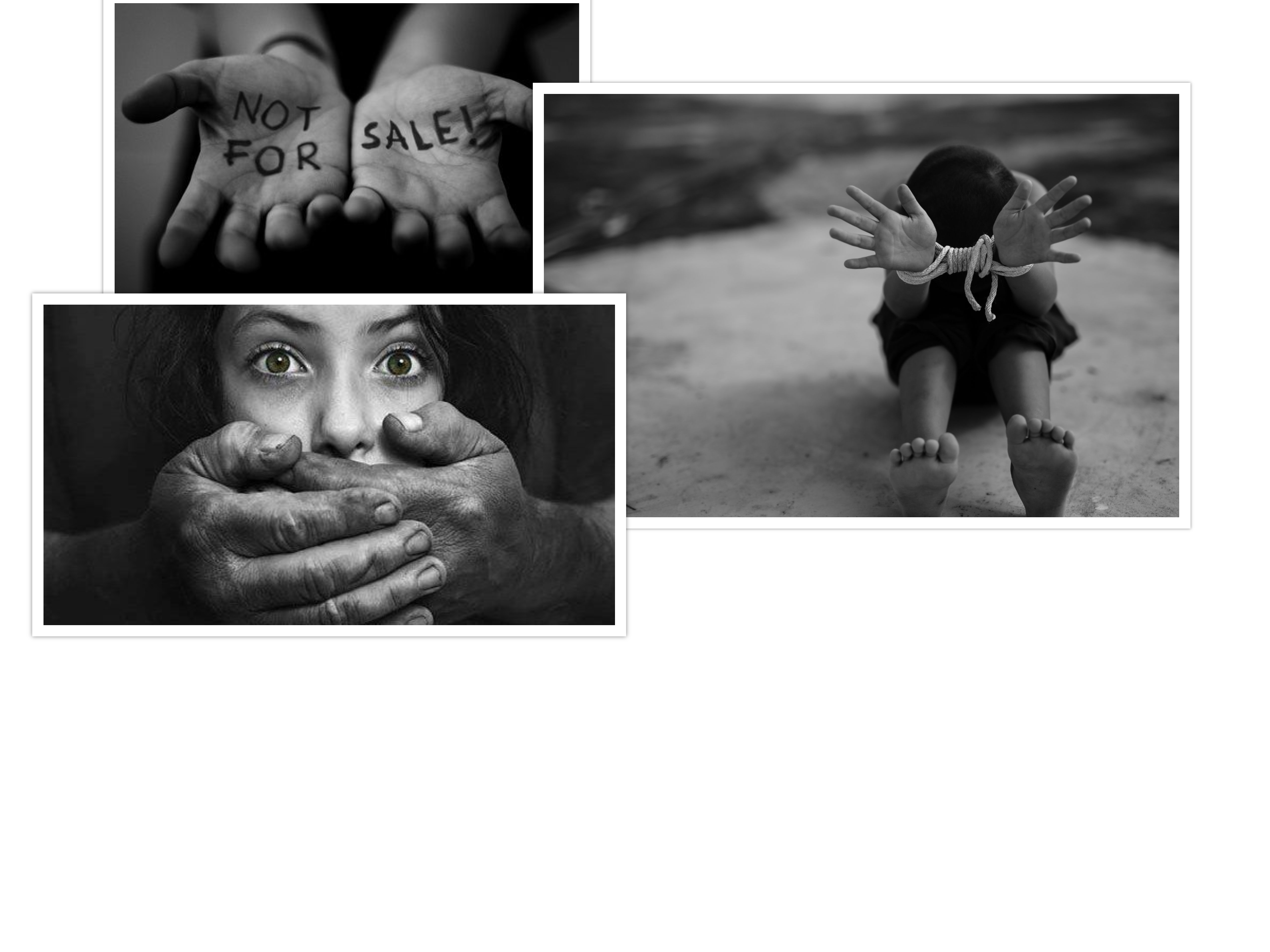 Child trafficking is a serious problem that is prevalent especially in India. According to a report published by the U.S. Department of State, “India is a source, destination and transit country for men, women and children subjected to forced labour and sex trafficking…The majority of India’s trafficking problem is internal, and those from the most disadvantaged social strata- lowest caste Dalits, members of tribal communities, religious minorities and women and girls from excluded groups – are most vulnerable (www.state.gov).”
Child trafficking is a serious problem that is prevalent especially in India. According to a report published by the U.S. Department of State, “India is a source, destination and transit country for men, women and children subjected to forced labour and sex trafficking…The majority of India’s trafficking problem is internal, and those from the most disadvantaged social strata- lowest caste Dalits, members of tribal communities, religious minorities and women and girls from excluded groups – are most vulnerable (www.state.gov).”
The 2012 Global Report on Trafficking in Persons released by United Nations Office on Drug and Crime (UNODC) has revealed that 27 per cent of all victims of human trafficking officially detected globally between year 2007 and 2010 are children. Child trafficking either happens for sex trade or for child labour. Another big area of concern is the gender skewing among missing children, as the MHA data reveals. Over 2010-2014, out of the 3.85 lakh children who went missing across the country, 61% were girls. For example, the number of missing girls in the state of Andhra Pradesh stands at a shocking 11,625 as against 6,915 missing boys (The Times of India). These girls are often forced into prostitution and begging rackets and are destined for a life of child abuse and exploitation.
It is the children of the poor and marginalized communities who are often trafficked to be forced into labour. Parents of these children are either betrayed or lured due to their poor socio-economic conditions thus forcing them to ‘send’ or ‘sell’ their children for better livelihood options. The lack of awareness is a situation that traffickers exploit especially when it comes to uneducated poor living in slums and other backward regions in the country. Traffickers promise daily wages to parents of young children and transport them to big cities where they are often treated as commodities. Families in dire financial conditions are often approached by traffickers with an offer to buy their children and with no other escape from their pitiful conditions, parents comply.
In India, there is a great need for convergence and implementation of comprehensive child protection mechanisms. The Indian children are exposed to multiple vulnerabilities. With thousands of children still working in brick kilns, construction sites, and agricultural land, trafficking for the sake of forced child labour is widely prevalent. Apart from this, horrific stories emerge daily of girls as young as 9 years old being forced into the sex trade. Apart from this children are also sold by their parents to work in factory and industries that are highly dangerous with toxic environments.
The severity of the problem demands that the efforts of the government be supplemented by public awareness.
Child protection is one of the priorities for Search my child. While the programme focuses on prevention of issues like child trafficking in the intervention areas, it also deals with the aspects of ‘rescue’, ‘restoration’ and ‘rehabilitation’ of the trafficked victims.
The way Search my child works with this issue is:
• By spreading awareness about the issue among Children, Guardians, Schools, Community and the Institutions on one hand and on the other hand by strengthening the system for ensuring a safety net for vulnerable children
• Undertaking researches to identify the gap areas in order to advocate with the Government
• Engaging with the District Child Protection Officer and the Juvenile Justice System for effective treatment of the cases of trafficking
• By providing need based support in the area of rescue, in alliance with the Police, C.I.D, Child Line, Directorate of Social Welfare and the Juvenile Justice System.
• By helping our partner NGOs to design linkages through which it is ensured that the child is rehabilitated and is able to become economically independent, with support from the various Government & Non-Governmental schemes
